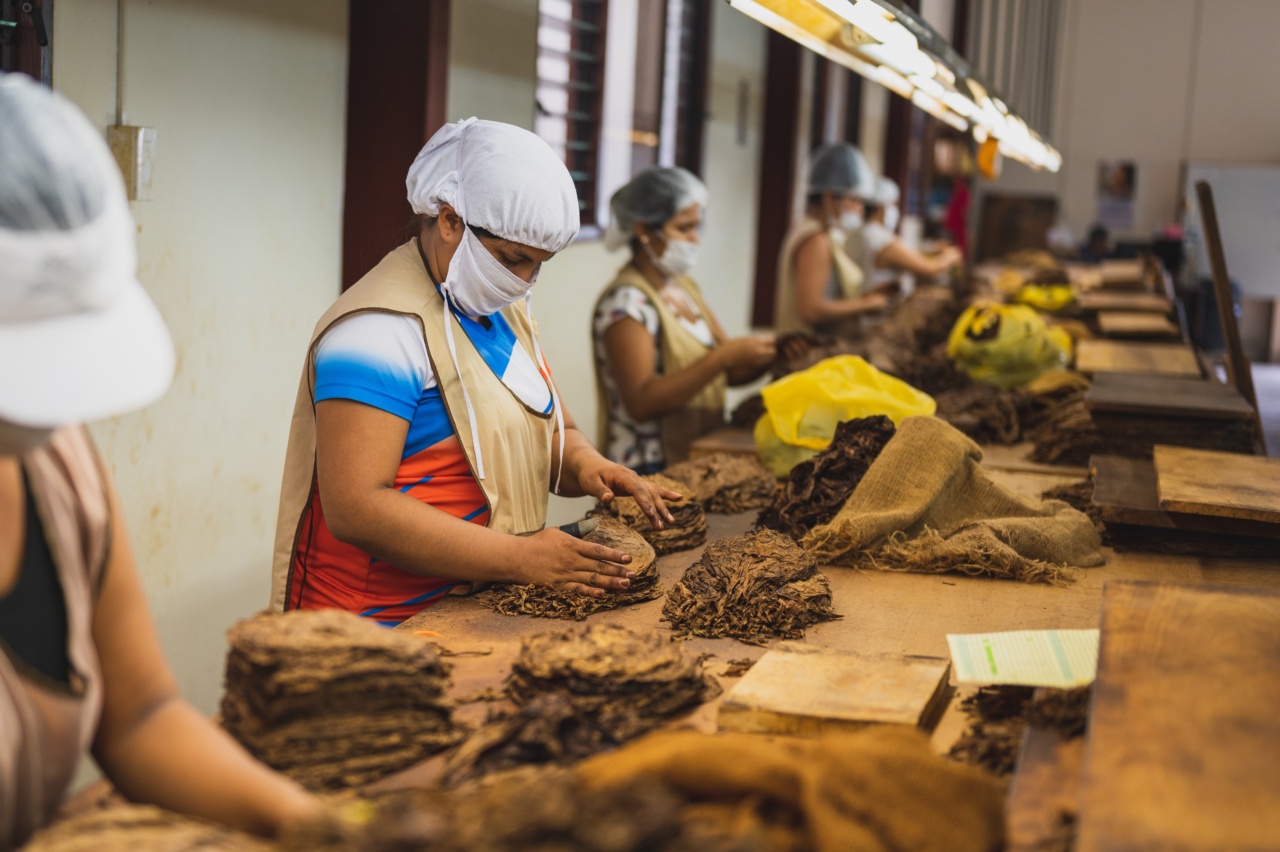The outbreak of the Kronitovirus has brought about unprecedented challenges to public health worldwide. As the virus continues to spread, governments and health organizations have emphasized the importance of wearing masks as a preventive measure.
In situations where medical-grade masks are scarce or unavailable, improvising your own mask can provide some level of protection.
Understanding the Spread of Kronitovirus
Before delving into the best materials for an improvised mask, it is essential to have a basic understanding of how the Kronitovirus spreads.
Primarily, it is transmitted through respiratory droplets produced when an infected person coughs, sneezes, or talks. These droplets can land on surfaces or be inhaled by individuals in close proximity, potentially leading to the contraction of the virus.
The Role of Masks in Reducing Transmission
Masks act as a physical barrier that can effectively prevent the release and inhalation of respiratory droplets, reducing the chances of viral transmission.
Although improvised masks may not provide the same level of protection as medical-grade masks, they can significantly reduce the risk of exposure in certain situations.
Criteria for a Reliable Improvised Mask
When choosing materials for an improvised mask, several factors should be considered:.
1. Filtration Efficiency
An ideal material should have sufficient filtration capabilities to trap respiratory droplets, preventing them from being released into the air.
High-efficiency particulate air (HEPA) filters, vacuum cleaner bags, and certain types of fabric have shown promising filtration properties.
2. Breathability
While effective filtration is crucial, the mask should also be breathable to ensure comfort during use. A balance between filtration efficiency and breathability should be sought to avoid excessive resistance to airflow.
3. Fit and Seal
A well-fitting mask enhances its effectiveness by reducing the amount of unfiltered air entering or leaving through gaps around the edges.
Proper fit can be achieved by using adjustable straps or creating an inner layer that conforms to the contours of the face.
4. Washability
An improvised mask should be washable and reusable to maintain its effectiveness over time. Being able to properly sanitize the mask after each use is crucial in preventing the accumulation of potentially infectious particles.
Promising Materials for Improvised Masks
1. Cotton Fabric
Cotton fabric, particularly tightly woven materials such as quilting cotton, has demonstrated good filtration efficiency and breathability.
Multiple layers of cotton can provide an added level of protection while still allowing for comfortable breathing.
2. Polypropylene Fabric
Polypropylene fabric, often used in reusable shopping bags or grocery totes, exhibits excellent filtration properties. This synthetic material can be inserted as a filter layer or used to create the entire mask structure.
3. Flannel
Flannel, a soft and lightweight fabric commonly used in clothing and bedding, has exhibited good filtration efficiency due to its tight weave. It can be a suitable material for the inner layer of an improvised mask for added protection.
4. HEPA Filters
HEPA filters, commonly found in air purifiers or vacuums, have a high particle-capturing efficiency. By cutting and fitting the filter material snugly into the mask design, it can effectively enhance filtration capabilities.
5. Coffee Filters
Coffee filters, although primarily designed for filtering coffee grounds, can serve as a makeshift filter in an improvised mask. Their porous structure enables them to capture particles to some extent.
6. Paper Towels
When no other options are available, two or three layers of paper towels can be used as a temporary measure. However, paper towels may not be as breathable as fabric materials and may degrade when moist.
7. Bandanas and Scarves
Although not as effective as other materials, bandanas and scarves can still offer a certain degree of protection. Folding them several times to create multiple layers can enhance their filtration capabilities.
8. T-shirts
In case of limited resources, old t-shirts can be repurposed to create improvised masks. Tightly woven cotton t-shirts are preferable, and multiple layers can be used for better filtration.
9. Pillowcases
Pillowcases made of tightly woven fabrics, such as cotton, can be effective as an improvised mask material. Their larger size makes it easier to create a well-fitting mask, while still offering adequate filtration.
10. Vacuum Cleaner Bags
Vacuum cleaner bags made from materials like HEPA filters can be a reliable source for mask materials. It is crucial to ensure that the bag is clean and free from any chemicals or particles before using it in an improvised mask.
The Importance of Proper Usage and Maintenance
Regardless of the material chosen, it is essential to understand that an improvised mask is not a substitute for social distancing and other preventive measures. Here are some guidelines for proper usage and maintenance of improvised masks:.
1. Proper Handling
Always wash your hands thoroughly or use hand sanitizer before putting on or removing your mask.
2. Cover Nose and Mouth
Ensure that the mask covers your nose and mouth completely, extending from the bridge of your nose to below your chin.
3. Avoid Touching the Mask
Avoid touching the mask or adjusting it while wearing it, as this could transfer potentially infectious particles to your hands and face.
4. Regular Washing
Wash your improvised mask regularly using hot water and soap, or follow the specific care instructions for the chosen material.
5. Disposal if Damaged
If your improvised mask becomes damaged or damp, replace it immediately and safely dispose of the old one.
Conclusion
In the absence of medical-grade masks, improvising your own mask can provide a certain level of protection against the Kronitovirus.
The choice of material should consider factors such as filtration efficiency, breathability, fit and seal, and washability. Cotton fabric, polypropylene, flannel, and HEPA filters have proven to be promising materials for improvised masks.
However, it is crucial to remember that improvised masks are not foolproof and should always be used in conjunction with other preventive measures.































